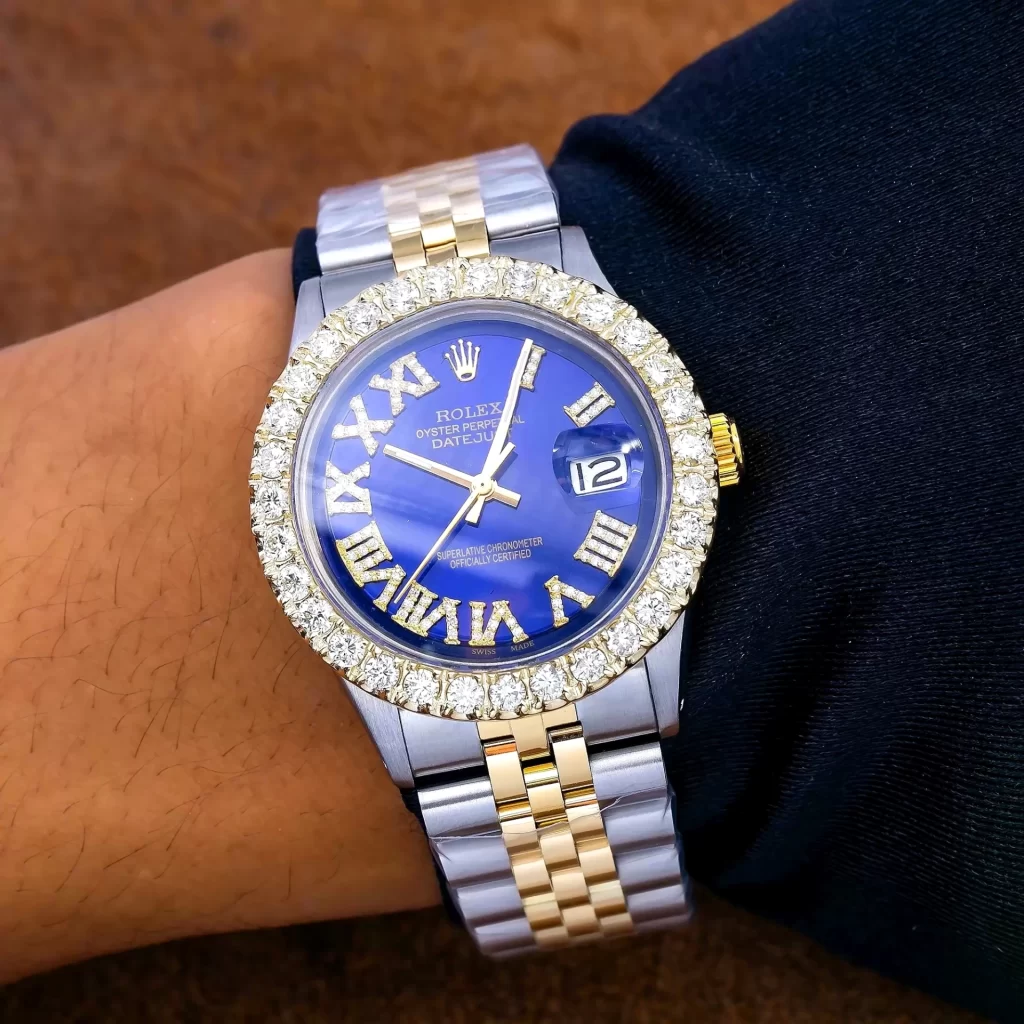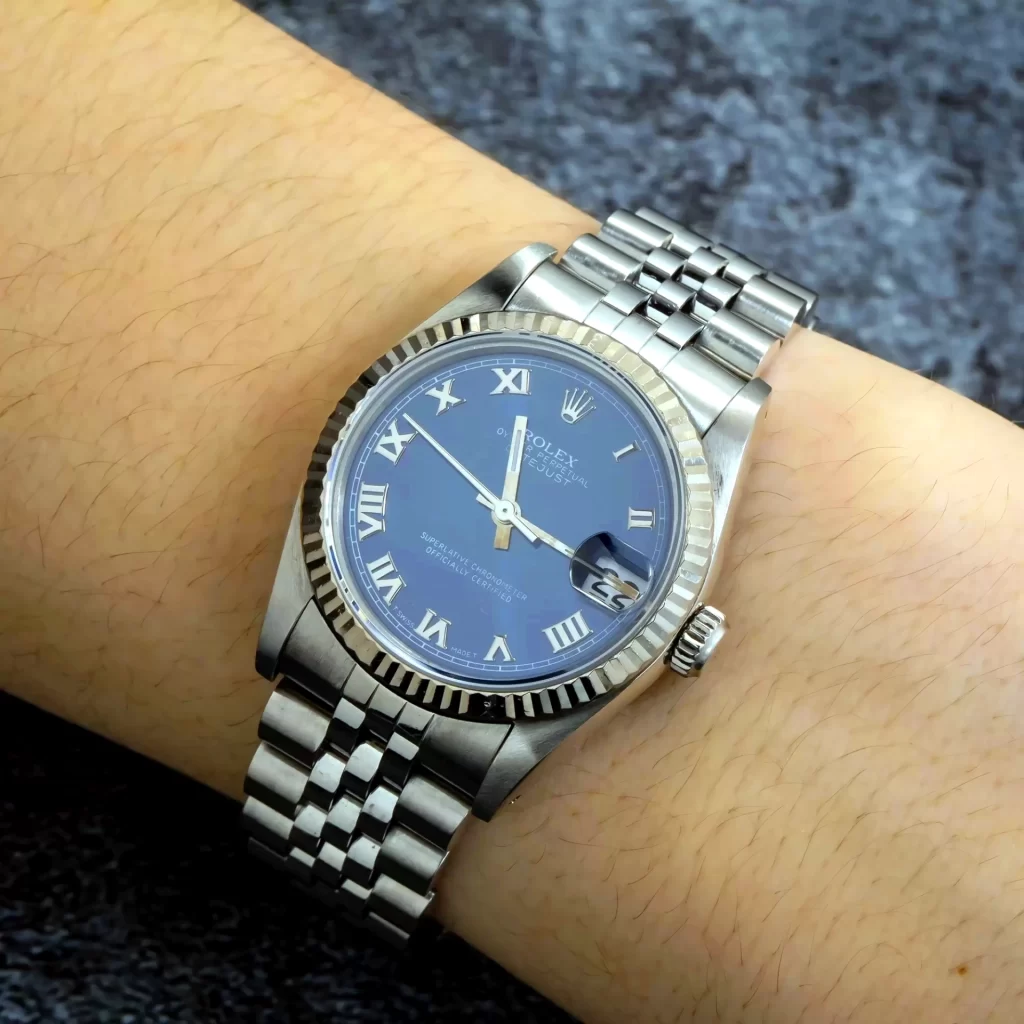While the watch world buzzes with the creative energy of independent brands like Berneron and Rexhep Rexhepi, offering fresh perspectives on quality and design, a fundamental truth remains unaltered. Much like television’s blockbuster hits dwarf niche critical darlings in sheer audience numbers, one brand continues to dominate the horological landscape by an almost incomprehensible margin: Rolex.

Recent data from the secondary marketplace Bezel, analysing over $700 million in watch listings, delivers a stark reminder of this reality. Over the past year, Rolex accounted for a commanding 36% of all sales on the platform. This figure isn’t merely leading; it’s more than double the share of its nearest competitor. Omega follows with 14%, while Tudor, Rolex’s sibling brand, secures third place with 12%. This dominance echoes findings from Morgan Stanley and LuxeConsult, whose broader market analysis placed Rolex at an unassailable 30% market share, with Cartier a distant second at 8%.
Delving deeper into Bezel’s exclusive data reveals precisely how Rolex achieves this supremacy. The platform provided distinct lists: the top ten most sought-after specific references (like the coveted “Hulk” Submariner) and the top ten most desired model series (encompassing all variations, such as the entire Submariner line). The results are illuminating, even for seasoned observers.

The sheer concentration of demand within Rolex is staggering. Beyond the universally iconic Omega Speedmaster Moonwatch, which secured a position, no other brand managed to place a model within the top ten most-wanted series. Within Rolex’s own hierarchy, the GMT-Master II emerged as the standout performer. Collectors crave this model in all its iterations: clad in robust Oyster or elegant Jubilee bracelets, adorned with the classic “Pepsi” (red/blue), “Batman” (blue/black), or the newer monochromatic bezels. Remarkably, four out of the top ten most sought-after individual references across the entire Bezel platform were Rolex GMT-Master II models, underscoring its phenomenal desirability.
Predictably, the Rolex Datejust, often the gateway for new collectors entering the brand’s orbit, retains its position as replica Rolex’s perennial bestseller and a fixture at the top of such lists. The remainder of the top series reads like a catalogue of the industry’s undisputed classics, with one notable exception in the ninth position. While Cartier’s presence is expected, the specific model – the Santos, rather than the perhaps more historically emblematic Tank – claiming that spot offers a subtle insight into current collector tastes.
Beyond the Rolex monolith, Bezel’s report highlights brands cultivating significant momentum within their niches. Grand Seiko, Tudor, and Breitling are all ascending, carving out loyal followings. The common thread? Exceptional value within the luxury segment. Tudor and Grand Seiko, in particular, deliver remarkable craftsmanship and distinctive design at accessible price points. Grand Seiko continues to garner acclaim for producing some of the most intricate and beautiful dials in the industry, with many of its standout models available new around $6,000 – often for considerably less on the pre-owned market.
The report also delves into the tangible preferences shaping collector purchases, confirming established trends rather than revealing shocks. Black dials reign supreme, followed closely by the enduring popularity of blue. When it comes to case material, stainless steel is the undisputed champion, constituting a substantial 69% of Bezel’s sales. Two-tone watches trail far behind at a mere 11%.
A slightly more nuanced finding concerns case size. The 41mm dimension emerged as the best-seller. Watches measuring 40mm and above collectively dominated, representing 56% of sales. Smaller sizes lagged significantly; true vintage proportions of 36mm captured only 10% of the market, while the often-cited “sweet spot” of 39mm managed just 8%. This distribution is partly influenced by Bezel’s focus on more modern watches, which naturally trend larger, and the relative scarcity of 39mm models compared to the prevalent 40mm, 41mm, and 42mm offerings in contemporary collections.
Despite a vibrant and expanding ecosystem of watchmakers, Rolex’s position at the pinnacle is not merely secure; it is colossal. The data paints a picture of a brand whose iconic models, particularly the GMT-Master II and Datejust, command unparalleled desire, shaping the very currents of the global watch market.